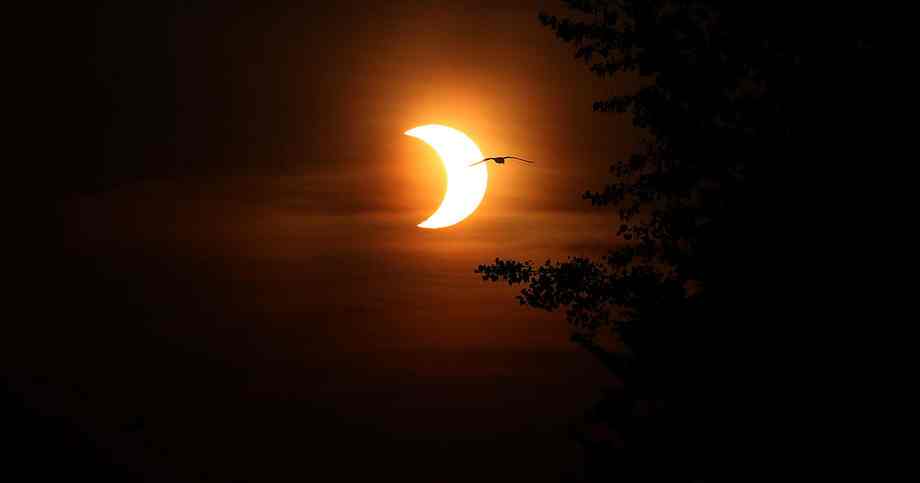
NASA shares epic picture of the moon’s shadow over the Arctic through the photo voltaic eclipse
It could appear like a smudge in your display, however the newest picture launched by NASA of our blue marble really captures the moon’s shadow throughout the newest photo voltaic eclipse.
The picture, taken on June 10 and launched by NASA on Wednesday, reveals a blurry, darkish brown spot over the Arctic. The spot represents the shadow forged by the moon through the eclipse.
The “epic” {photograph} was taken by NASA’s Earth Polychromatic Imaging Digital camera (EPIC), a digicam and telescope aboard NOAA’s Deep House Local weather Observatory Satellite tv for pc that snaps greater than a dozen photographs every day. The satellite tv for pc orbits the L1 Lagrange level, some extent of gravitational stability between Earth and the solar, which is sort of a million miles away.
The high-quality photos of Earth taken by the digicam are utilized by scientists to observe plenty of actions on our planet, together with vegetation, cloud top, wildfire smoke and ozone. However in uncommon cases, it additionally captures spectacular views of eclipses.
- Uncommon “ring of fireside” photo voltaic eclipse captured in spectacular photographs from around the globe
“Taking photos of the sunlit half of Earth from a distance 4 instances additional than the Moon’s orbit by no means ceases to offer surprises, like often the moon getting in our subject of view, or the moon casting shadow on Earth,” mentioned Dr. Adam Szabo, the NASA Challenge Scientist of DSCOVR.
A complete photo voltaic eclipse happens when the moon passes straight between the Earth and the solar, utterly blocking the solar’s gentle. Throughout an annular photo voltaic eclipse, the moon doesn’t utterly cowl the solar because it passes, leaving a glowing ring of daylight seen.
Final month, keen skywatchers in Canada, Greenland and Russia had the chance to witness a full annular eclipse. Components of the Caribbean, Asia, Europe, the U.S. and Africa skilled a partial photo voltaic eclipse, which appeared as a powerful red-orange crescent form, often called a “ring of fireside.”
“EPIC did not have too dangerous a view, both,” NASA mentioned.

